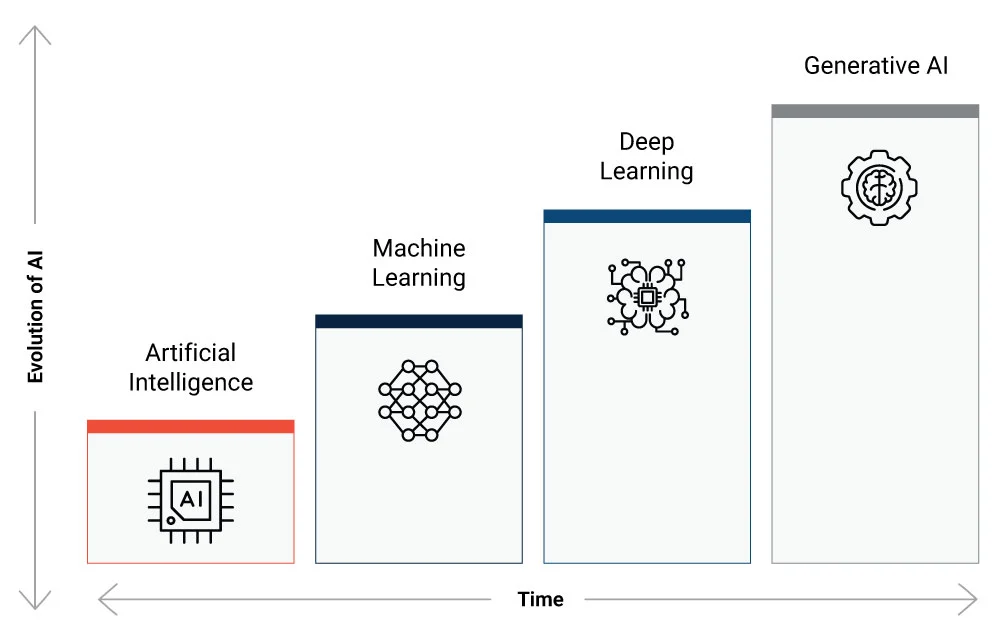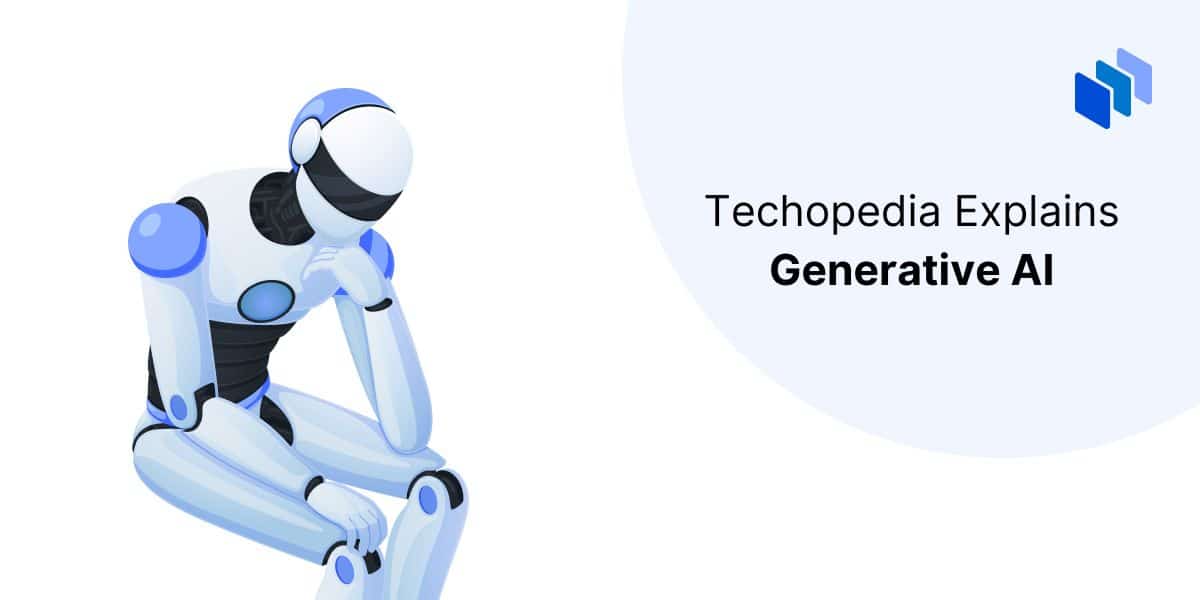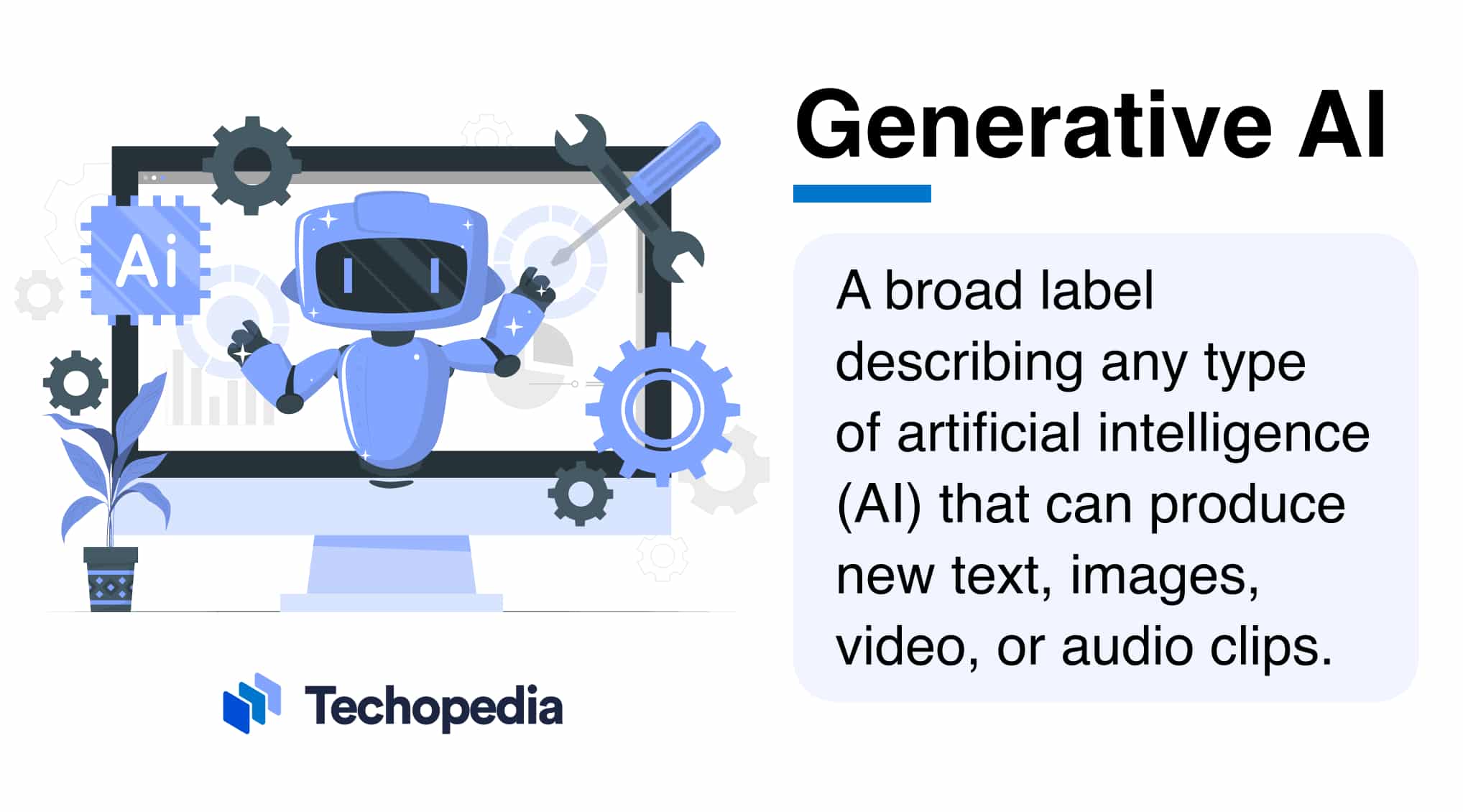All Categories
Featured
Table of Contents
For example, such models are trained, using numerous instances, to anticipate whether a particular X-ray shows indications of a growth or if a specific customer is most likely to skip on a funding. Generative AI can be considered a machine-learning version that is trained to develop brand-new data, as opposed to making a forecast regarding a certain dataset.
"When it pertains to the real machinery underlying generative AI and other kinds of AI, the differences can be a little bit fuzzy. Usually, the same formulas can be utilized for both," says Phillip Isola, an associate teacher of electrical design and computer technology at MIT, and a member of the Computer technology and Expert System Research Laboratory (CSAIL).

One big distinction is that ChatGPT is much bigger and much more intricate, with billions of specifications. And it has been educated on a substantial amount of data in this situation, much of the publicly readily available message on the web. In this significant corpus of text, words and sentences show up in turn with specific reliances.
It finds out the patterns of these blocks of text and uses this knowledge to suggest what could come next. While larger datasets are one stimulant that resulted in the generative AI boom, a variety of major study advances likewise caused more intricate deep-learning architectures. In 2014, a machine-learning design referred to as a generative adversarial network (GAN) was suggested by scientists at the University of Montreal.
The generator tries to deceive the discriminator, and in the procedure discovers to make even more sensible results. The image generator StyleGAN is based upon these kinds of models. Diffusion versions were introduced a year later by researchers at Stanford College and the University of The Golden State at Berkeley. By iteratively improving their outcome, these designs find out to produce new data samples that look like samples in a training dataset, and have actually been made use of to create realistic-looking pictures.
These are just a couple of of many methods that can be made use of for generative AI. What every one of these techniques share is that they convert inputs into a set of tokens, which are mathematical depictions of chunks of data. As long as your information can be exchanged this requirement, token style, then theoretically, you might apply these approaches to create brand-new information that look similar.
What Is Multimodal Ai?
However while generative designs can achieve extraordinary results, they aren't the finest choice for all kinds of information. For tasks that entail making predictions on structured data, like the tabular information in a spreadsheet, generative AI designs often tend to be outshined by standard machine-learning approaches, says Devavrat Shah, the Andrew and Erna Viterbi Professor in Electric Design and Computer Technology at MIT and a member of IDSS and of the Laboratory for Information and Decision Solutions.

Previously, human beings needed to talk to machines in the language of devices to make points happen (How does AI power virtual reality?). Now, this interface has actually figured out just how to chat to both people and devices," states Shah. Generative AI chatbots are now being used in telephone call centers to field concerns from human consumers, but this application highlights one possible red flag of implementing these versions worker variation
Ai Ecosystems
One encouraging future instructions Isola sees for generative AI is its use for construction. Rather than having a model make a photo of a chair, maybe it can produce a strategy for a chair that can be produced. He also sees future uses for generative AI systems in developing more normally intelligent AI agents.
We have the capability to believe and fantasize in our heads, to come up with interesting ideas or plans, and I assume generative AI is one of the devices that will equip representatives to do that, as well," Isola claims.
Ai Trend Predictions
Two additional current breakthroughs that will certainly be gone over in more detail listed below have played a vital part in generative AI going mainstream: transformers and the innovation language models they enabled. Transformers are a sort of maker discovering that made it possible for researchers to train ever-larger versions without needing to label all of the data in development.

This is the basis for devices like Dall-E that automatically produce images from a message description or produce message subtitles from images. These advancements notwithstanding, we are still in the very early days of making use of generative AI to create readable text and photorealistic elegant graphics.
Going forward, this modern technology might aid compose code, design new medications, develop items, redesign company processes and change supply chains. Generative AI begins with a prompt that can be in the form of a message, a picture, a video clip, a layout, music notes, or any input that the AI system can process.
Researchers have been creating AI and other devices for programmatically producing web content since the very early days of AI. The earliest approaches, called rule-based systems and later on as "professional systems," made use of clearly crafted regulations for producing responses or data sets. Semantic networks, which develop the basis of much of the AI and equipment knowing applications today, turned the trouble around.
Created in the 1950s and 1960s, the initial neural networks were restricted by a lack of computational power and little data sets. It was not till the development of large data in the mid-2000s and improvements in hardware that neural networks became sensible for creating web content. The field accelerated when scientists discovered a way to obtain neural networks to run in parallel across the graphics processing units (GPUs) that were being used in the computer video gaming sector to render computer game.
ChatGPT, Dall-E and Gemini (previously Bard) are preferred generative AI user interfaces. In this situation, it links the definition of words to visual components.
Human-ai Collaboration
Dall-E 2, a 2nd, a lot more capable version, was launched in 2022. It enables customers to produce images in multiple designs driven by user triggers. ChatGPT. The AI-powered chatbot that took the globe by tornado in November 2022 was improved OpenAI's GPT-3.5 implementation. OpenAI has provided a method to connect and tweak message responses using a conversation interface with interactive responses.
GPT-4 was launched March 14, 2023. ChatGPT includes the history of its conversation with a customer into its results, replicating a genuine conversation. After the incredible popularity of the new GPT interface, Microsoft revealed a substantial new financial investment into OpenAI and incorporated a version of GPT into its Bing internet search engine.
Latest Posts
What Are Ai-powered Chatbots?
Federated Learning
What Is Ai's Contribution To Renewable Energy?